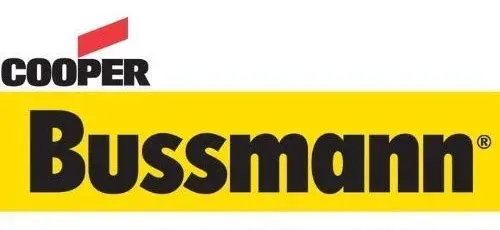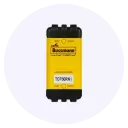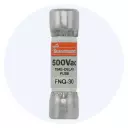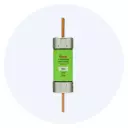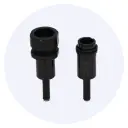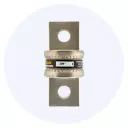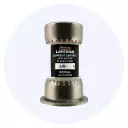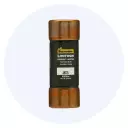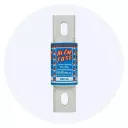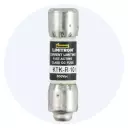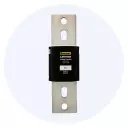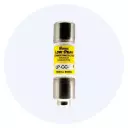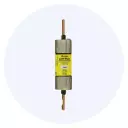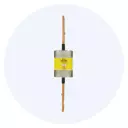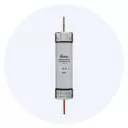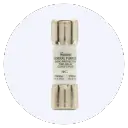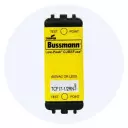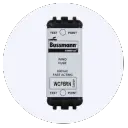Blog
Eaton-Bussmann Fuses Enhance Safety
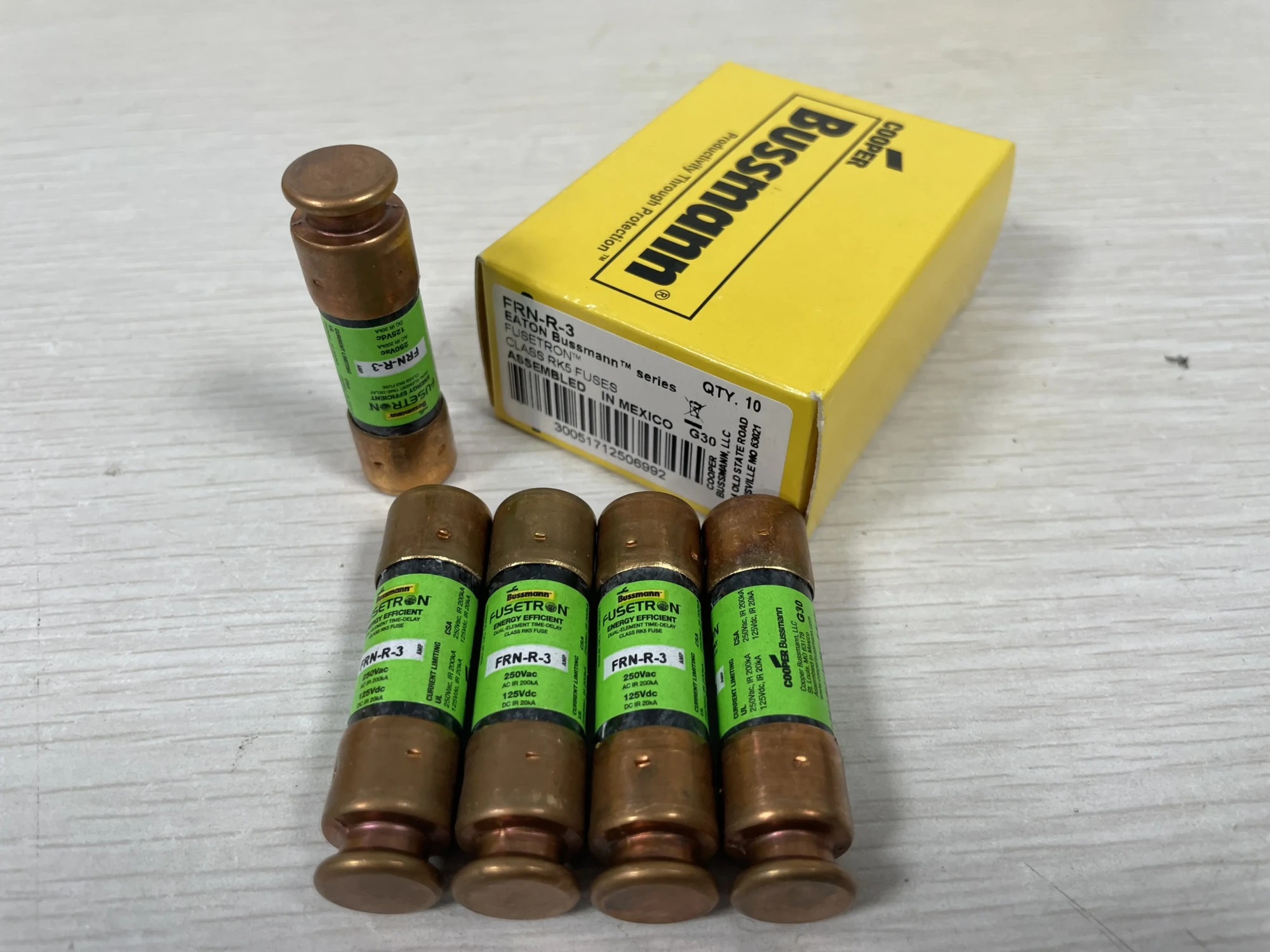
Eaton-Bussmann Fuses are a crucial component in ensuring the safety and reliability of electrical systems. As a leading provider of circuit protection solutions, Eaton-Bussmann offers a wide range of fuses that cater to various industries and applications. In this blog post, we will delve into the world of Eaton-Bussmann Fuses, exploring their product parameters, specifications, uses, and precautions, to provide a comprehensive solution for enhancing safety in electrical systems.
Introduction to Eaton-Bussmann Fuses
Eaton-Bussmann Fuses are designed to provide overcurrent protection, preventing damage to electrical equipment and ensuring the safety of people and property. These fuses are engineered to interrupt the flow of electrical current in the event of an overload or short circuit, thereby preventing a potential fire or electrical shock. With a vast array of products, Eaton-Bussmann Fuses cater to diverse applications, including power distribution, electronics, transportation, and more.
Product Parameters and Specifications
Eaton-Bussmann Fuses come in various types, each with its unique characteristics and specifications. Some of the key product parameters include:
- Current Rating: The maximum current that the fuse can handle without opening.
- Voltage Rating: The maximum voltage that the fuse can withstand.
- Interrupting Capacity: The ability of the fuse to interrupt a high short-circuit current.
- Response Time: The time it takes for the fuse to open in response to an overcurrent condition.
- Dimensions: The physical size of the fuse, which can vary depending on the application.
Eaton-Bussmann Fuses are designed to meet various international standards, including UL, CSA, IEC, and more. These standards ensure that the fuses meet specific requirements for safety, reliability, and performance.
Uses of Eaton-Bussmann Fuses
Eaton-Bussmann Fuses are used in a wide range of applications, including:
- Power Distribution: Fuses are used to protect electrical distribution systems, including panelboards, switchboards, and circuit breakers.
- Electronics: Fuses are used to protect electronic equipment, such as servers, data centers, and telecommunications systems.
- Transportation: Fuses are used in automotive, aerospace, and marine applications to protect electrical systems and ensure safety.
- Industrial Control: Fuses are used to protect industrial control systems, including motor control centers, variable frequency drives, and programmable logic controllers.
Precautions and Safety Considerations
When working with Eaton-Bussmann Fuses, it is essential to follow proper safety precautions to ensure safe handling and installation. Some of the key precautions include:
- Handling: Fuses should be handled with care to avoid damage or contamination.
- Installation: Fuses should be installed in accordance with the manufacturer’s instructions and relevant electrical codes.
- Maintenance: Fuses should be regularly inspected and maintained to ensure they are functioning correctly.
- Replacement: Fuses should be replaced with identical or equivalent types to ensure safe and reliable operation.
Conclusion
Eaton-Bussmann Fuses are a vital component in ensuring the safety and reliability of electrical systems. By understanding the product parameters, specifications, uses, and precautions, users can ensure safe and effective use of these fuses. As a leading provider of circuit protection solutions, Eaton-Bussmann offers a wide range of fuses that cater to diverse applications and industries. By choosing Eaton-Bussmann Fuses, users can trust that their electrical systems are protected by high-quality, reliable, and safe products. Whether it’s for power distribution, electronics, transportation, or industrial control, Eaton-Bussmann Fuses are the perfect solution for enhancing safety and reliability in electrical systems.
